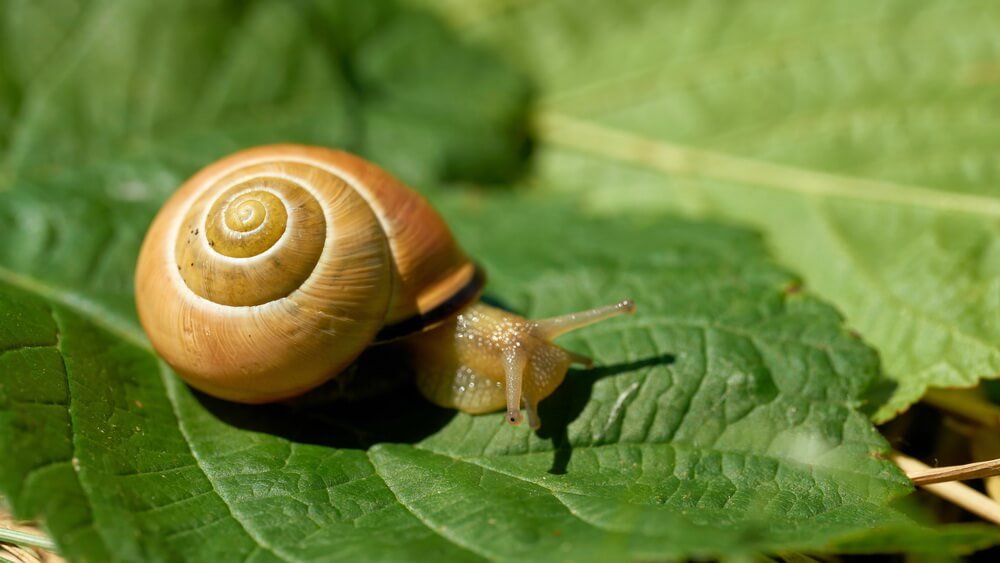As a gardener, dealing with snail infestations on prized plants like Aarons Beard can be incredibly frustrating. These slimy pests can quickly damage leaves, flowers and buds if left unchecked. In this comprehensive guide, we’ll explore how to identify and remove snails from Aarons Beard plants using natural, organic methods that won’t harm your plant.
Identifying Snail Damage on Aarons Beard Plants
Before taking action against snails, it’s important to confirm they are actually causing damage on your Aarons Beard plant. Look for these telltale signs:
-
Irregular holes in leaves usually along edges or concentric circles in center. These are often accompanied by dried brown edges.
-
Silvery mucus trails on leaves and stems left by snails as they move about
-
Partially eaten, ragged flowers or flower buds.
-
Whole leaves seem to disappear overnight.
Thoroughly inspect under leaves and in plant crevices for the snails themselves. They tend to hide during daylight hours. Finding them will confirm the source of the damage.
Effective Natural Methods to Remove Snails
Once confirmed, swift action is needed to protect Aarons Beard from further harm. Here are some smart organic approaches:
Handpicking
Physically removing snails by hand is very effective, especially for minor infestations. Check plants after dark or early morning when snails are active. Knock them into a bucket of soapy water to kill. Wear gloves and be diligent about re-checking plants.
Create Physical Barriers
Materials like diatomaceous earth, coffee grounds, crushed eggshells or copper tape can be placed around the base of plants to prevent snails from climbing up. The rough texture deters snails. Replace after rain or watering.
Encourage Natural Predators
Promote beneficial critters like birds, frogs, ground beetles and rove beetles that feed on snails. Put up bird houses, keep frog ponds, avoid pesticides that kill predators. A balanced ecosystem lets nature take its course.
Trap Them
Beer or yeast traps lure snails in. Bury shallow containers of beer near plants. Empty regularly as snails drown. Or set out lettuce or banana peels and collect snails off them in morning.
Use Organic Sprays
Neem oil, garlic or wormwood extracts can be sprayed on plants to deter snails. Always follow instructions and reapply after rain. Take care to avoid harming beneficial insects.
Last Resort Chemical Options
If snail populations are severe, chemical controls like iron phosphate bait or snail killer containing metaldehyde may be warranted, but avoid overuse. Always follow label directions carefully when using pesticides.
Prevent Future Infestations
Prevention is key to avoiding major snail destruction. Here are some smart tips:
-
Remove debris, weed overgrown areas, and eliminate snail hiding spots.
-
Check for egg clusters on plants and hand remove them.
-
Clean up dropped fruit and vegetables immediately.
-
Use copper barriers around new plants until established.
-
Add sharp materials like crushed eggshells or gravel to the soil surface.
-
Water in the morning to reduce moisture loving snails.
-
Rotate bait crops like lettuce to trap groups of snails.
Snails can quickly ravage the beautiful foliage and flowers of prized Aarons Beard plants. By taking a proactive, organic approach, you can protect your plants and support a snail-free garden environment. Combining smart prevention with consistent monitoring and removal tactics will keep these pesky gastropods in check. Your plant will thank you with vigorous growth and bountiful blooms to enjoy.

Step 1: Snail and Slug Removal







Introduction: How to Get Rid of Snails and Slugs



How we Eliminate Snails in the Garden || Black Gumbo
FAQ
What kills snails but not plants?
What can you spray on plants to kill snails?
How do you care for Aaron’s Beard?
You can check the moisture of the soil by digging a trowel or your finger in the soil. If the first 2-4 inches are dry, you can start watering your plant. In the case of Aaron’s beard, the best watering tool to use is a soaker hose, so you can reduce water loss, while still being able to water your plant deeply.
Can you eat Aaron’s Beard berries?
Although Hypericum plants are used in medicine, their berries are very toxic to humans, so they shouldn’t be consumed as food. As you can see, Aaron’s beard is not a fussy plant and it requires really low maintenance after you plant it.
How do you fertilize Aaron’s Beard?
To fertilize Aaron’s beard, you can choose from granulated, slow-release, liquid, organic or synthetic fertilizers. When making your choice, the most important thing is to find a solution with nutritional balance specially designed to help blooming. You can plant your Hypericum plant anywhere from spring through fall.
How do you water Aaron’s Beard?
If the first 2-4 inches are dry, you can start watering your plant. In the case of Aaron’s beard, the best watering tool to use is a soaker hose, so you can reduce water loss, while still being able to water your plant deeply. You can also use a watering wand with a sprinkler head.
